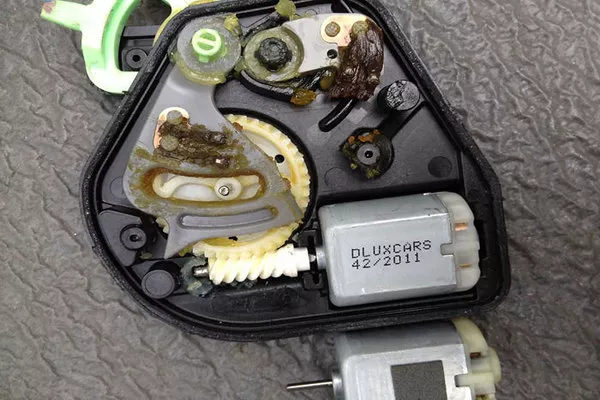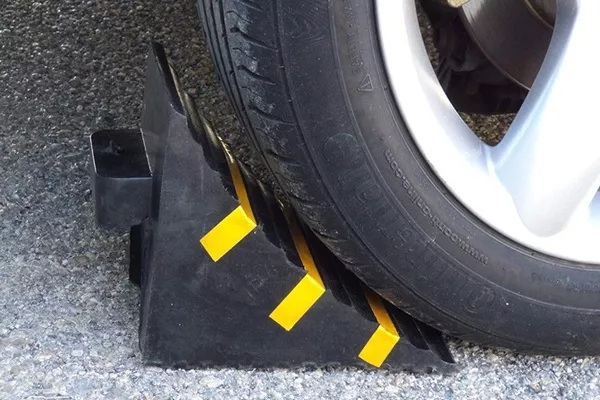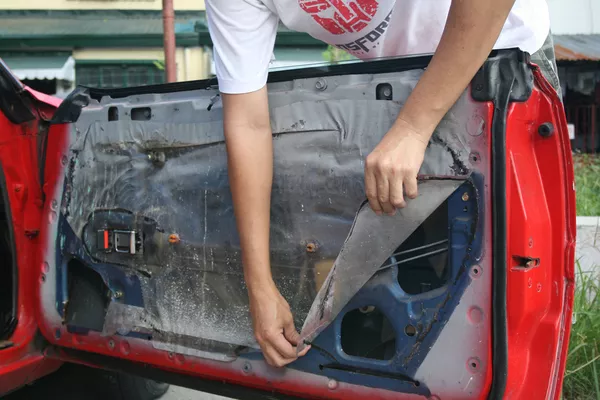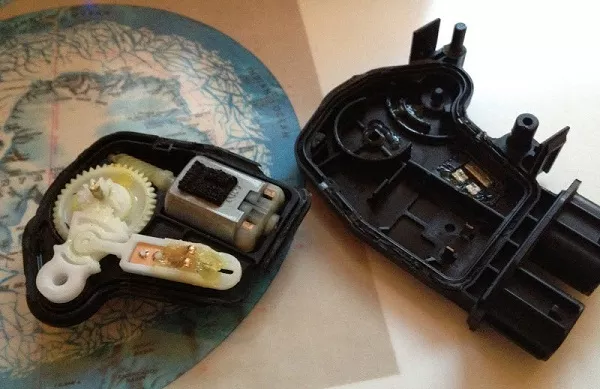For the cars to be secured, car makers are making an incredible job in enhancing the car's security. The car door’s lock has several components and one of it is the door lock actuators.
The actuators are designed to unlock and lock the car’s door without pulling on a rod and cable. To know more about the car’s door lock actuators, read on this article from Philkotse.com.
1. How the door lock actuator works
In some vehicle, the door lock actuators are positioned just below the latch. A rod is responsible for connecting the actuator to the latch. Then, another rod links the latch to the knob which sticks up out of the door top.
The actuator links the handle of the outside door to the opening mechanism when it moves up the latch. The door cannot be opened if the latch is down because the handle of the outside door will be detached from the mechanism. It will make the handle in the outside move without the latch. It prevents the car door from opening.

The actuator links the handle of the outside door to the opening mechanism when it moves up the latch
The door lock actuator is actually a simple mechanical device, which is small in size. You can unlock vehicle doors that have door lock actuators in different ways below:
- Using the car keys
- By pulling the knob up on the inside of the car door
- By pressing the unlock button inside the vehicle
- By utilizing the remote control for keyless entry
- Making use of the combination lock on the door’s outside part
- By giving a signal from the control center.
To determine if the car door’s actuator is failing, try to operate the keypad or remote device to unlock the car door.
You can also try to press the unlock button located in the door panel cluster. Then check if the car door will remain locked, if it is, then the problem is in the actuator. If this happens, it is better to have it repaired or replaced as soon as possible to avoid inconvenience.
>>> Read more: Causes of a stuck car door & how to deal with it
How To REPAIR A Door Lock Actuator Motor -LOW COST WAY
2. Tips on how to repair your failing door lock actuators
Tip #1: Identify the actuator’s condition
Check the car if it's still activating, then locate the car door with the broken or damaged door lock actuator. Inspect for any exterior damage. If you’re having a hard time opening the door with a broken actuator, use other doors to open the door from the inside.
Try to operate the switch of the door lock to check if the door lock is not working. Next, try opening the door from the inside of the car. Whether the car’s door is unlocked or locked, it should still open from the inside if you’re operating the door handle from the inside.
Take note if you’re operating the rear doors of the 4-door sedan. The door will not open even when operating from the inside handle if the child safety lock is on.

Locate the car door with the broken or damaged door lock actuator
Tip #2: Prepare to replace the door lock actuator
Prepare all the materials and tools needed before you start the work so that you’ll be able to do the job efficiently.
You will need the following materials:
- Sandpaper (1000 grit)
- Wrenched with boxed end
- Screwdriver (Philips head or cross tip)
- Flathead screwdriver
- Electrical cleaner
- Mineral spirits cleaner
- Nine-volt battery
- Needle nose plyers
- Nine-volt battery saver
- Razor blade
- Ratchet with standard and metric standard
- Pry tool or removal tool
- Super Glue
- Small hammer
- Test Leads
- Wheel Chocks
- Torques bit set
- White lithium
- A new door lock actuator
After you prepare the needed materials, park the car on a flat and hard surface. Secure it by placing the wheel chocks around the tires, engaging the parking brakes so that the tires will be locked. It will keep the tires from moving.
>>> Read more: Smart driving: 8 useful methods to unlock your car doors without a key.
Plug the 9 -volt battery saver into the car’s cigarette lighter. It will enable computer life and the settings of your car in the current. But if you don’t have a battery saver, that’s fine.
Disconnect the battery then take off the ground cable of the negative post of the battery. It will disable the power to the actuator of the door lock. For hybrid cars, refer to the owner’s manual for the instructions on how to disconnect the small battery.

Secure the cars by placing the wheel chocks around the tires
Tip #3: Remove the door lock actuator
To remove the actuator, you first have to remove the door panel from the affected door. In a gentle manner, pry away the panel from the door. A removal tool or flat screwdriver helps here. Make sure you don’t damage the door around the panel.

To remove the actuator, you first have to remove the door panel from the affected door
After loosening the clips, grab the bottom and top of the panel then slightly bend it away from the door. Then lift the entire panel straight up so that it will be cleared from the catch behind the door handle.
Next, carefully remove the plastic cover behind the door panel so that you’ll be able to reseal it later. Search for the cables and clips then remove it. After that, you also have to remove the door lock actuator lock screws and bolts. Disconnect the actuator and remove it along with the lock, then take the plastic off.
>>> Also check: Standard car key vs. keyless entry: Which can better secure your car?
Tip #4: Repair the actuator
You’ll now begin to work on the door lock actuator. Just make sure that you don’t damage the actuator when you pry it open. You will need the razor blade, small hammer, and a little patience. You will use the razor blade to open the actuator up.
Start slicing the corner through the seam. Place the actuator on a flat and solid surface then use the hammer to tap the blade until it gets pretty deep. Continue tapping so it gets separated by the razor. Pry carefully through the bottom portion sitting next to the pin housing.

Just make sure that you don’t damage the actuator when you pry it open
Remove the motor from its plastic portion then pull it out. Use a sharp prying tool to remove the metal tabs holding the plastic backing in place. Be careful so that you don’t damage the brushes.
Then, use the electric part cleaner for the brushes and the 1000 grit sandpaper for the copper drum placed in the coil shaft. Then put some white lithium on the copper parts then reassemble the motor.
Use the test leads to test the motor by connecting it to the 9-volt battery. After testing and making sure it's operating, reinstall the gears and motor.
Tip #5: Reinstall the door lock actuator
Reinstall the door lock actuator back using the two screws. Reinstall the parts in reverse order from the way you remove it earlier. Clean the actuator first before reconnecting it. You also have to replace the screws and bolts of the door lock actuator.
Then reattach the cables and clips. Next, reinstall the plastic sheeting. Put the door panel back on the door.

Reinstall the door lock actuator back using the two screws
Tip #6: Reconnect the battery then test the actuator
After putting back everything, remove the battery saver. Then test the door lock actuators that you repaired. Try pulling the door from the outside handle making sure it opens form its latch position. Then also try opening the door from the inside of the car.

After putting back everything, test the door lock actuators that you repaired!
If the actuator is still doesn’t function properly, there might be further diagnosis of the actuator assembly and door lock. If this happens, it is best to contact a mechanic to check and identify the real problem.
Your car is in its period for maintenance? Check our handy tips and advice right now!
Recent posts
- SOS: My Child Got Locked In the Car! Sep 16, 2021
- 4 ways to unlock your car without key in an emergency Nov 08, 2022
- Quick & easy guide to unlock your steering wheel Mar 03, 2021
- How to safely open car doors on busy streets in the Philippines Oct 28, 2017












